Misunderstanding Eating Disorders in the Running World
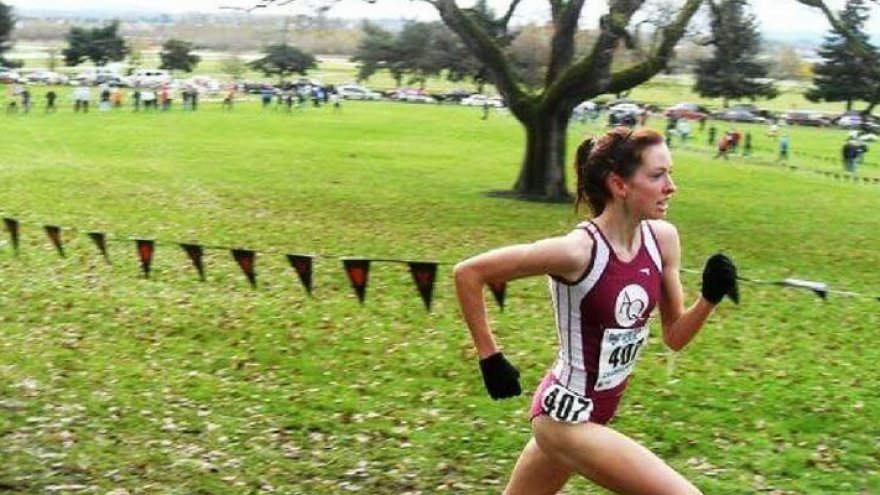
Raw foodist.
Fruitarian.
McDougall.
Paleo.
Looking at this list, I wondered, was I simply another fad dieter? A silly, petty woman, vain about her appearance? Someone lacking willpower when she binged years after being at her smallest weight?
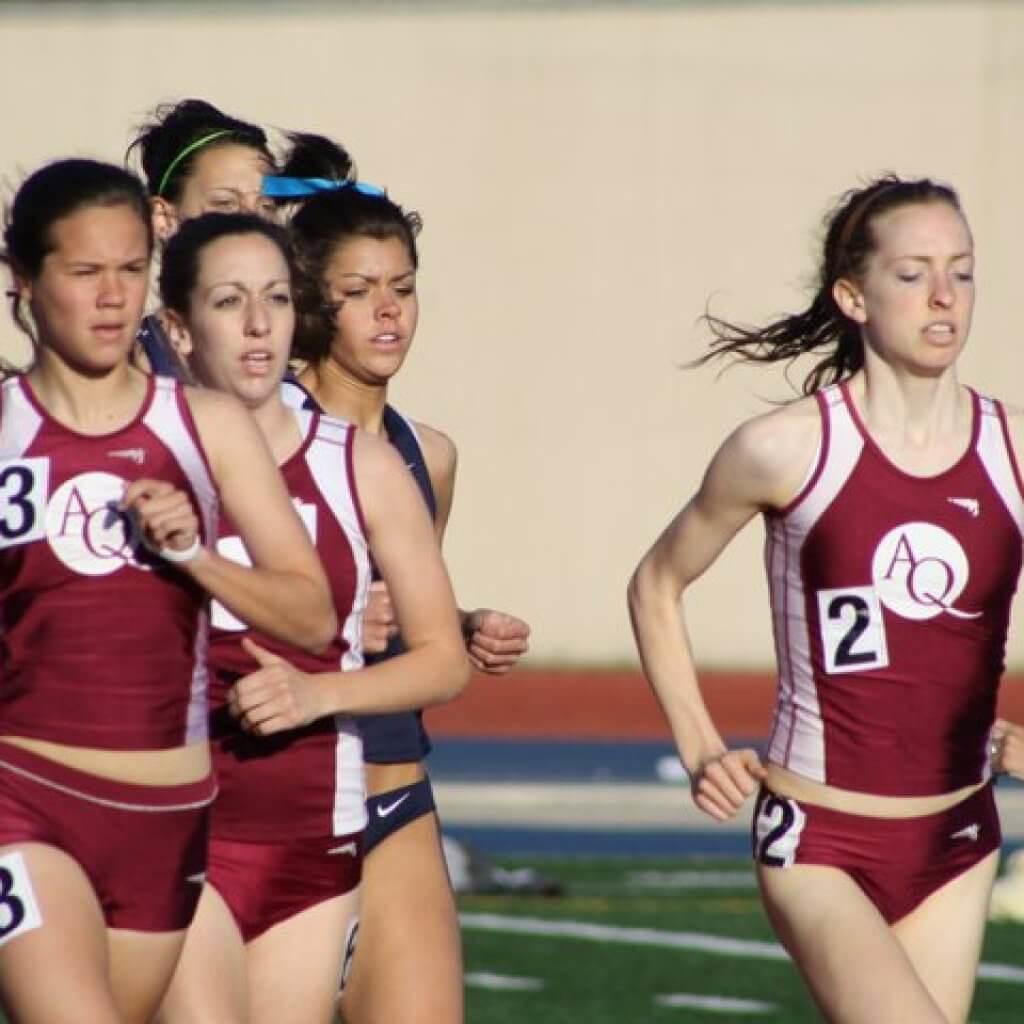
Yet these words coincided with the diets:
All-American.
School record-holder.
Fastest times of her life.
I took on the above diets to fix what I saw as a “broken” body, to beat my body into submission for betraying me. Anorexia brought me to raw foodism, and raw foodism prompted binge eating disorder. The rest—including my All-American running career—was history.
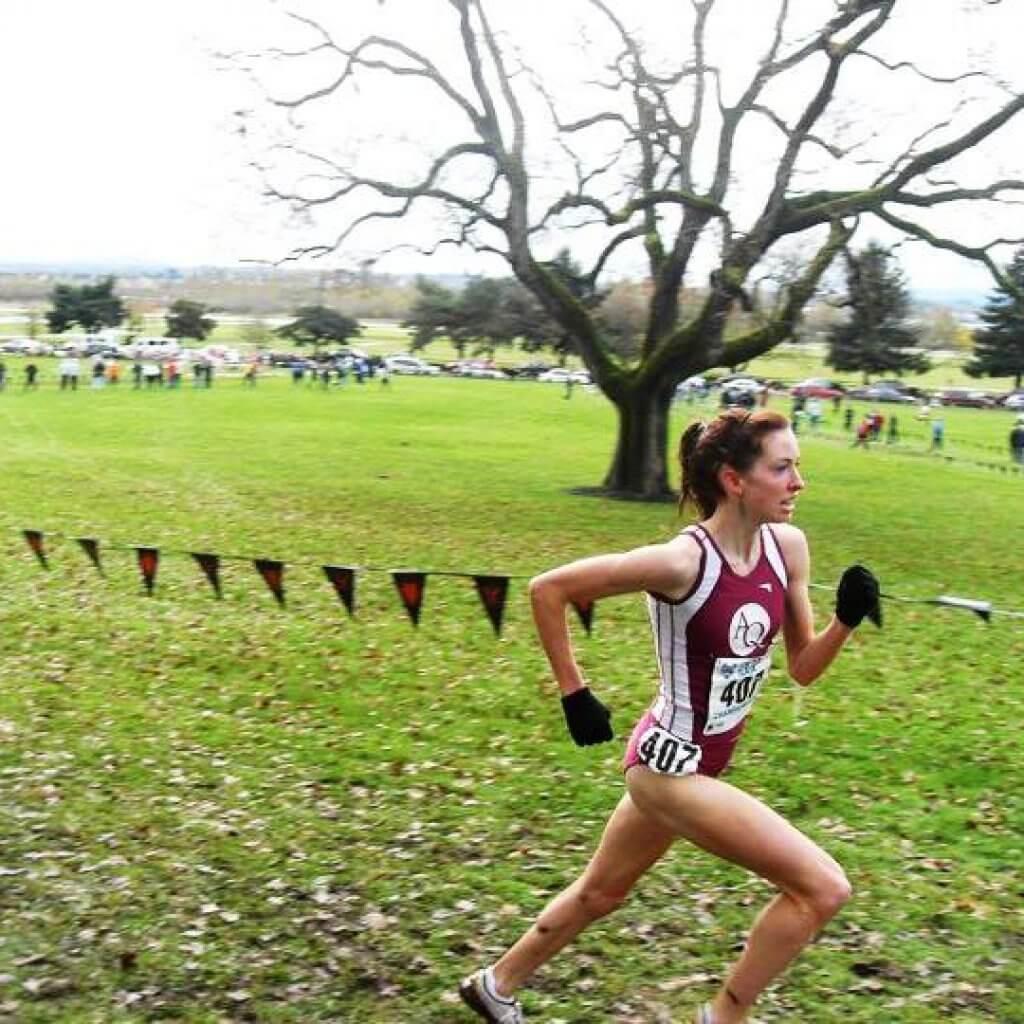
Eating Disorder?
I figured that if most eating disorders simply entailed anorexia (they must not think about food, they must hate food, they only eat a few hundred calories a day!) or bulimia (throwing up everything they eat), that my strange preoccupation with food couldn’t be an eating disorder. I thought too much about food. My discipline was what needed to be harnessed. My appetite was broken, and I had to control it.
I did eat.
In fact, even at my smallest weight, I felt I ate too much. Teammates marveled at the large salads I inhaled each night (sans dressing, please). I ate breakfast, lunch, and dinner (all controlled with exact calculations of macronutrients and calories). Each meal ended with me yearning for more food, which made me feel all the greedier and out of control.
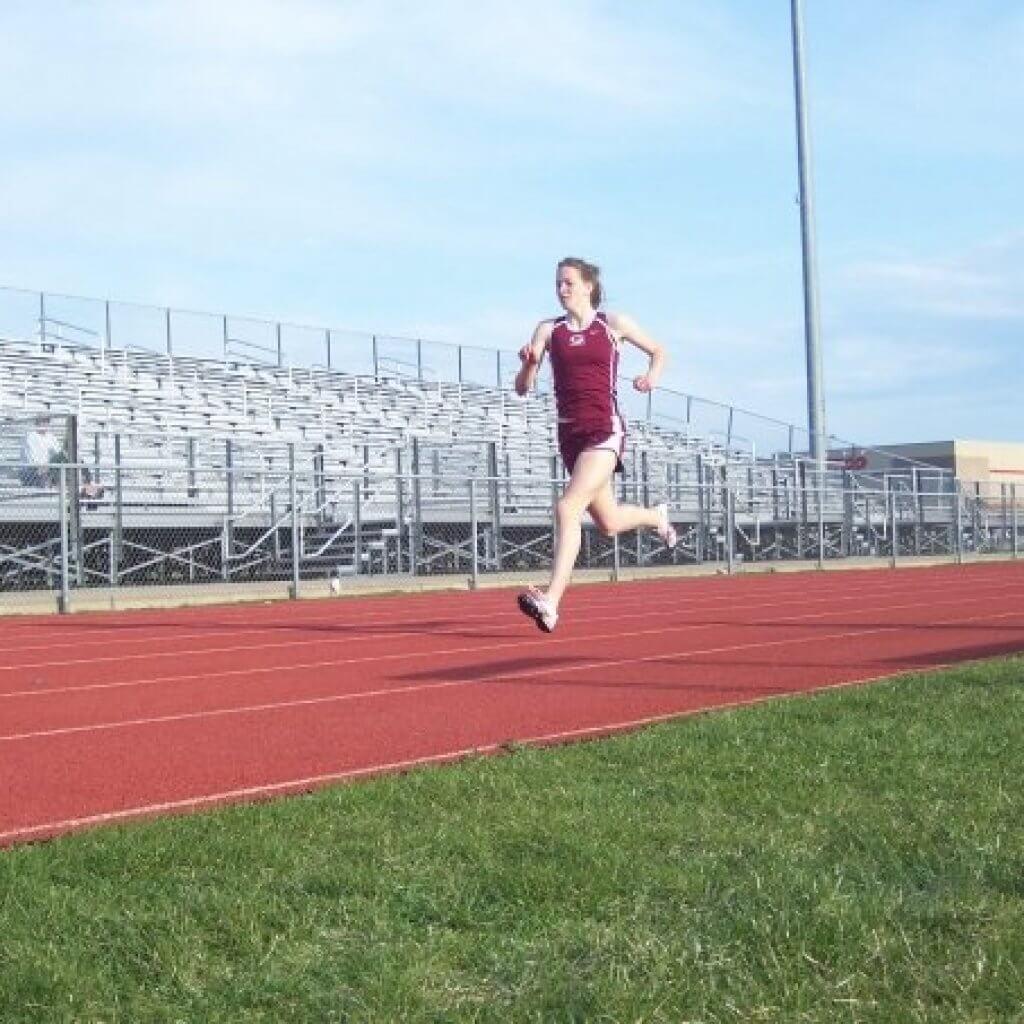
I was in constant denial of what I was dealing with, because a voice within told me all other runners simply burned off whatever they ate. They could eat what they wanted and still stay thin. Running helped them lose weight, and their appetites were reduced. My brain convinced me that I was the one runner who was too greedy and obsessed with food to ever eat “normally” and still run as fast.
I hid my control over food. Wanting desperately to fit in with my teammates, I did not want to show an ounce of obsession with food. I ate breakfast alone at the crack of dawn, worried they would find me with my bag of measured, sans-sugar cereal. I avoided evening activities for fear that if I stayed up too late, I would give in to my raging hunger. I watched them eat salads with ranch, lasagna, and burgers for dinner, wondering how they could do it so seemingly effortlessly.
I didn’t want my teammates to see how paranoid and afraid I felt of my own body.
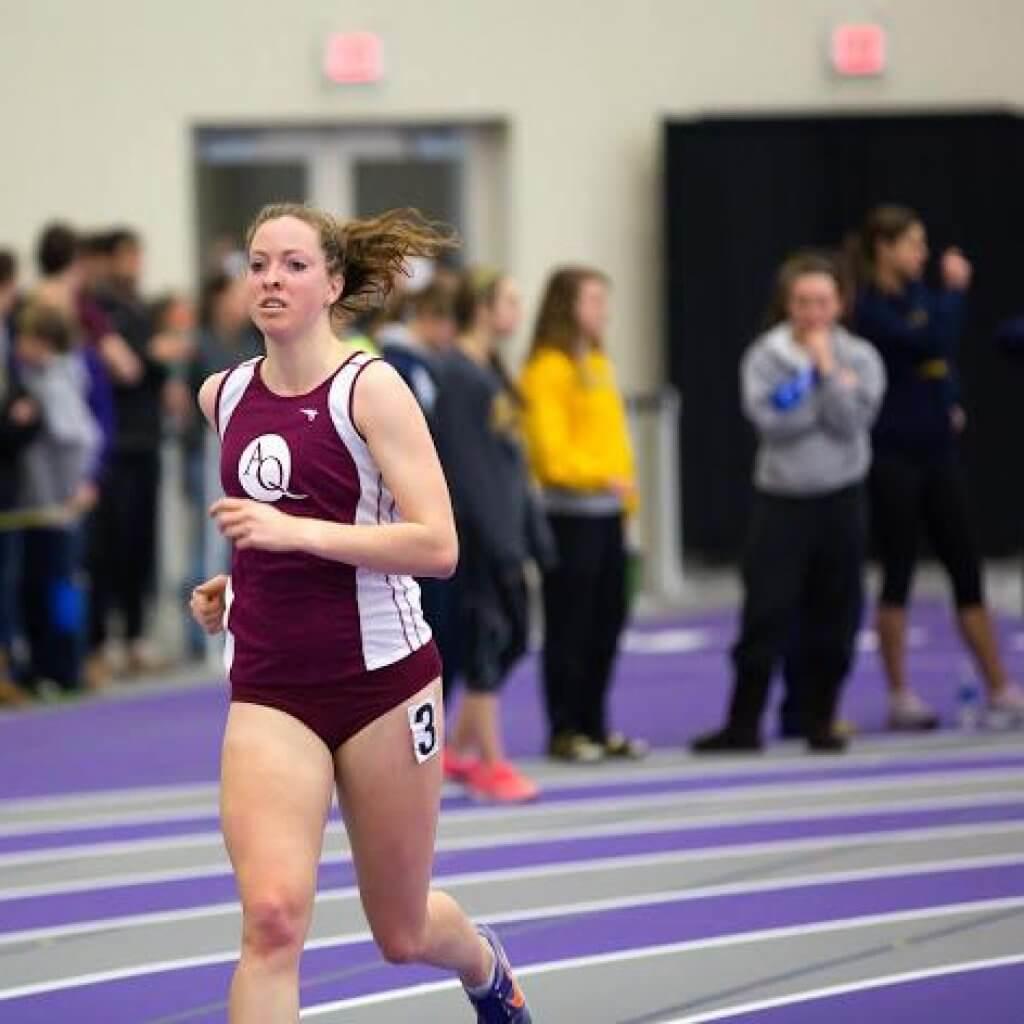
Binge Eating
Years after restricting the amount of food I was eating, and then the types of food (remember “raw food diet”?), I found myself consuming large quantities of food late into the night. I felt guilty and ashamed for going so “out of control” with what and how much I was eating. I was sure that if I just mustered enough discipline and willpower, everything would get back to the way it “should” be.
That “willpower” never seemed to return. The only thing that did return was the weight I had lost before.
You can imagine how devastated I felt for allowing my body to take back control. You can imagine how each day felt like a constant failure on my part, how I felt it proved that I was the greediest, most food-obsessed runner around. And now I had to come to terms with my “new” body, my new running times, my own identity as a runner.
I also had to realize that this was in fact an eating disorder. I had an eating disorder, but it didn’t fit a neat criteria, and it was difficult to see–partly because of how it was tied to running.
My eating disorder as a runner was not about “looking” the part. It didn’t begin with me thinking that to run my fastest, I should drop weight. It was not fueled by an overbearing coach, or encouraged by sick teammates. It had grown from my own predisposition, was encouraged when I found the connection to running faster, and worsened when my body’s natural response to fight back was through bingeing.
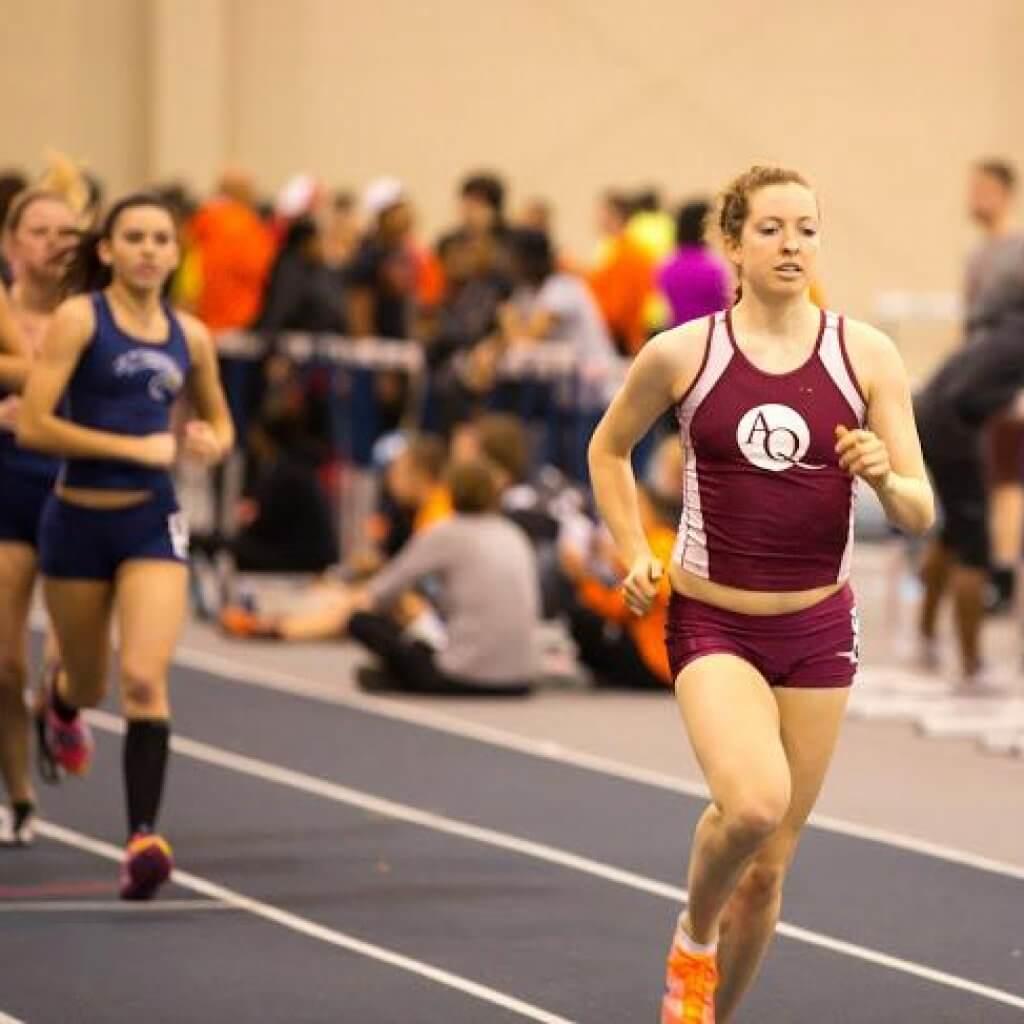
Runners with Eating Disorders
The problem with eating disorders in running is that they are not as cut-and-dry as eating disorders we may see occur outside of sports. Running fast was the big goal, so I was in no way going to sabotage that by only eating a few carrot sticks and apples each day. My goal wasn’t aesthetic—I wasn’t idolizing the appearance of Olympic runners. I simply saw a connection with controlling food and running fast, and felt that I had been missing out on my greatest potential by letting my unruly appetite get away from me.
I attempted raw food, fruitarianism, McDougall, and more, only to try to “fix” the problem with my body. Only, the problem had more to do with what was going on in my head–and had little to do with lack of discipline and willpower. I felt ashamed, lonely, and isolated. And with the weight gain, I buried my problem further. After all, wasn’t I “healthy” again, according to my coach and teammates when they saw my initial weight gain?
Having discovered what I thought to be the “secret” to running fast, my life with food and running became many secrets.
I found myself running in silence.
Rachael Steil, author of Running in Silence: My Drive for Perfection and the Eating Disorder That Fed It, is committed to correcting the misconceptions and ending the stigma of eating disorders for those at any body weight who struggle to speak up. To learn more visit www.runninginsilence.com.
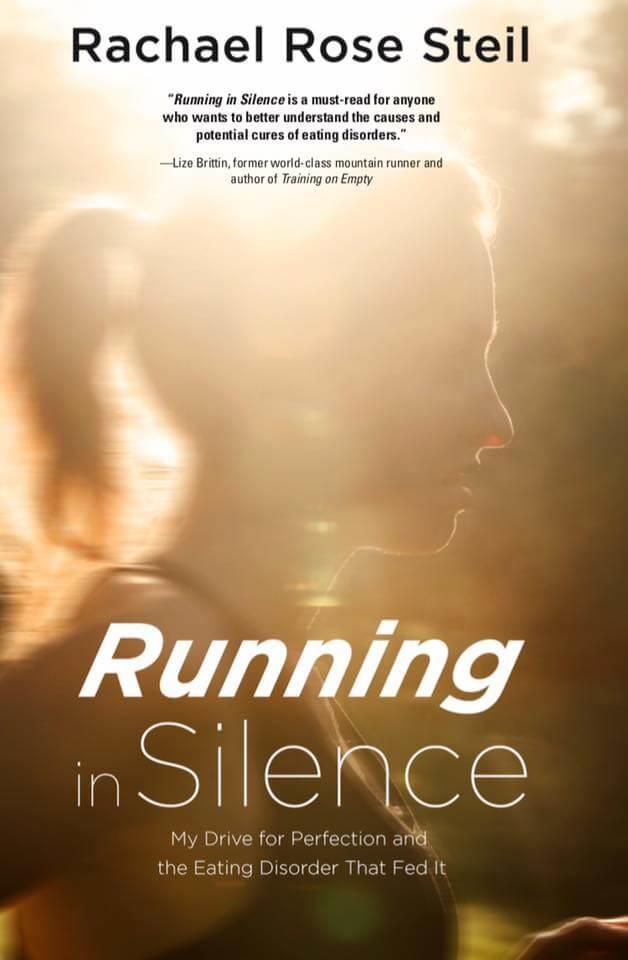
Don’t miss our rad on men and eating disorders.
Latest Articles
 Is Running on a Treadmill Easier Than Running Outside?Runners have their own preferences, whether it is treadmill running, running outside on the road, or exploring trails. So...
Is Running on a Treadmill Easier Than Running Outside?Runners have their own preferences, whether it is treadmill running, running outside on the road, or exploring trails. So... Is It OK to Use Trail Running Shoes on the Road?While trail running shoes can be used on roads, especially in situations where a runner encounters mixed terrains or pref...
Is It OK to Use Trail Running Shoes on the Road?While trail running shoes can be used on roads, especially in situations where a runner encounters mixed terrains or pref... How to Fix Sore Quads After Running?Rest, ice, gentle stretching, and over-the-counter pain relievers can help soothe sore quads after running. Also, ensure ...
How to Fix Sore Quads After Running?Rest, ice, gentle stretching, and over-the-counter pain relievers can help soothe sore quads after running. Also, ensure ... 10 Fruits With The Most Electrolytes to Replace Sports DrinksThese fruits are high in electrolytes such as potassium, magnesium, and calcium, essential for hydration, muscle function...
10 Fruits With The Most Electrolytes to Replace Sports DrinksThese fruits are high in electrolytes such as potassium, magnesium, and calcium, essential for hydration, muscle function...

